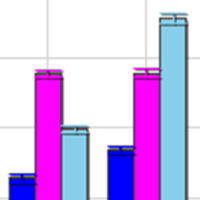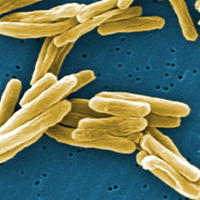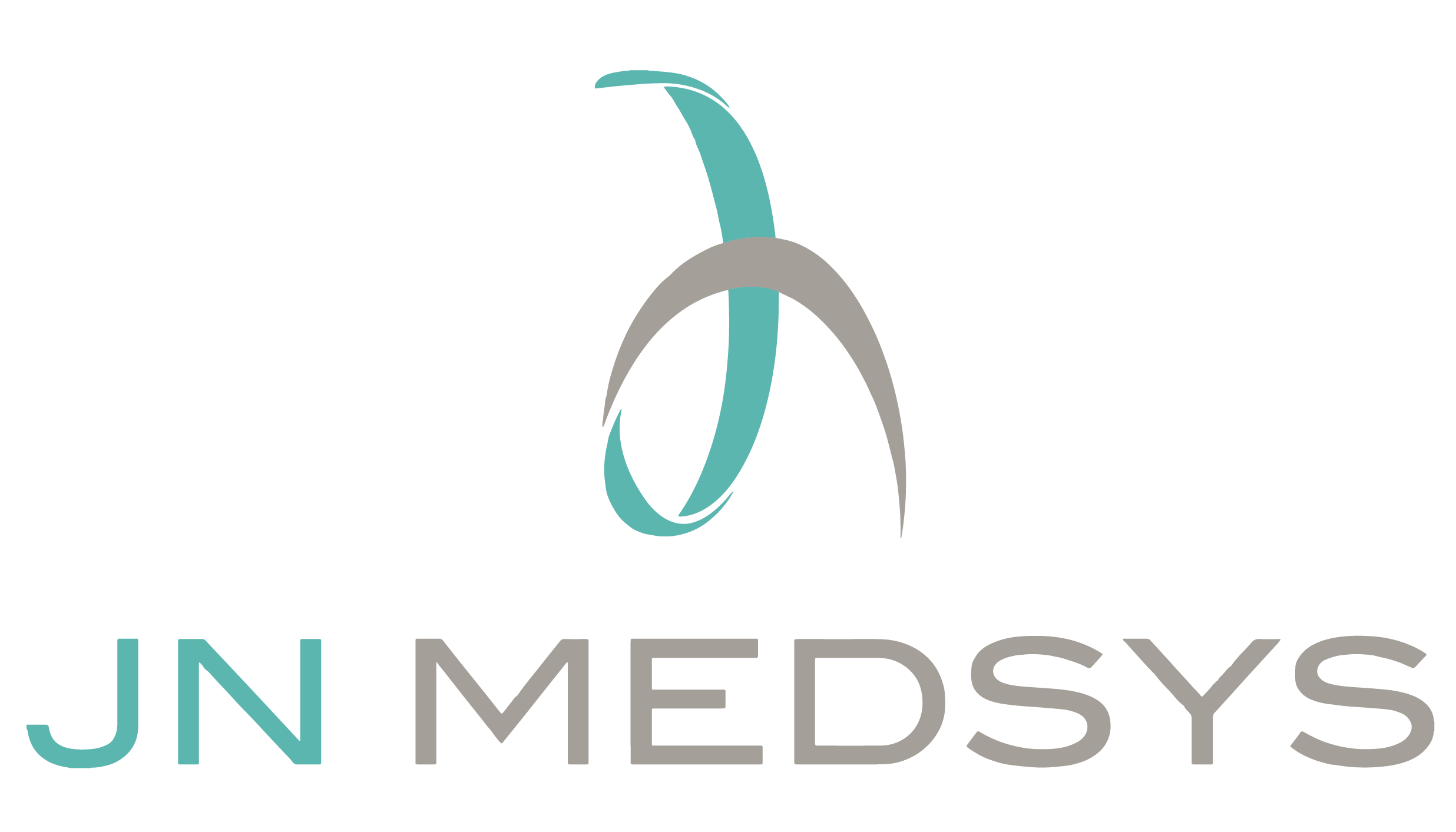What is Digital PCR?

Digital PCR, also known as next-generation PCR, is a powerful new technique for detecting DNA with extremely high sensitivity and precision. It works by partitioning a typical PCR reaction into thousands of nanolitre sub-reactions such that each has at most a single copy of DNA. By counting the number of positive reactions after PCR, the number of copies of DNA present in the sample can be directly enumerated.

Principle of Digital PCR

Sample Partitioning
After preparation, reaction mix is partitioned into smaller sub-reactions. The purpose is to divide the DNA sample such that each sub-reaction contains either 0 or 1 copy of DNA. Traditionally, this was done using conventional 96- or 384-well plates. However, this can be tedious. The small number of sub-reactions and large volume (microlitre range) of individual sub-reactions also limits the sensitivity and precision of digital PCR. However, there are now commercial systems that can partition into ten of thousands of sub-reactions with each sub-reaction in the nanolitre range or smaller.

PCR Amplification
Once partitioned, the sub-reactions undergo amplification as in a typical PCR process. The sub-reactions not containing any DNA would also not have any PCR products after the amplification. On the other hand, those that contain DNA would be positive for PCR products.

Detection And Analysis
After amplification, the sub-reactions are interrogated to determine if they are positive or negative for PCR products. The reporter system used here are identical to those used in PCR, such as the SYBR Green or Taqman probe chemistries. By counting the number of positive versus negative reactions, the number of DNA copies in the starting sample can be determined, since each sub-reaction contained either 0 or 1 copy of DNA. However in reality, this is not possible to ensure, since there is always a chance that 2 or more copies of DNA might end up in the same sub-reaction. To account for that, Poisson statistics are used in determining the exact number of starting DNA copies in the sample.
Digital PCR vs. Quantitative PCR
Real-Time PCR or quantitative PCR (qPCR) has been regarded as the gold standard in applications such as gene expression analysis with diversified diagnostic applications.
Digital PCR, on the other hand, is an emerging approach providing absolute quantification of target nucleic acid molecules. The absolute quantification enables the precise, reproducible and high sensitive measurement, which allows researcher to detect and differentiate small fold changes and rare genomic events.
| Similarities | |
|
| Differences | |
| Digital PCR | Quantitative PCR |
|
|
|
|
|
|
|
|
|
|
Advantages of Digital PCR
No need for standard curves or references.
Resistant to PCR inhibitors.
Capable of analyzing complex mixtures such as clinical samples.
Capable of identifying small fold changes.
Applications of Digital PCR

Rare Mutations Detection

Copy Number Variation (CNV) Analysis

Quantification of Next-Generation Sequencing (NGS) Libraries

Viral Load Quantification

Differential Gene Expression

